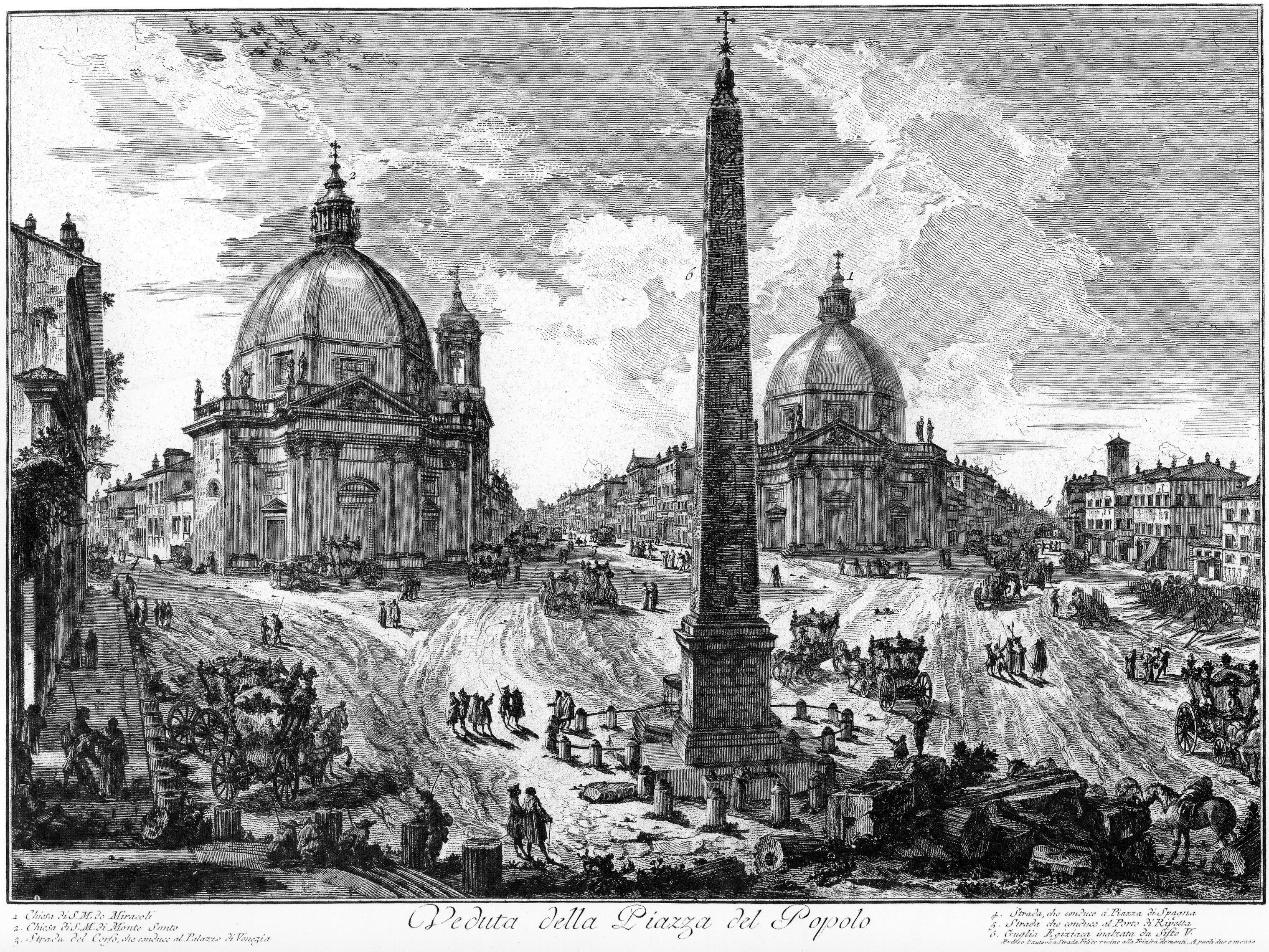
Giovanni Battista Piranesi. Il Campo Marzio dell Antica Roma Rome
Piranesi, Il Campo Marzio dell'Antica Roma. Giovanni Battista Piranesi (also known as simply Piranesi; 4 October 1720 - 9 November 1778) was an Italian artist famous for his etchings of Rome and of fictitious and atmospheric "prisons" (Le Carceri d'Invenzione). He was the father of Francesco Piranesi and Laura Piranesi.
The Engravings of GB Piranesi, and other Plans of Rome
Details Title: Large plan of the Roman Campo Marzio (Field of Mars) in Rome Creator: Giovanni Battista Piranesi Date Created: 1762/1762 Physical Dimensions: 134 x 115 cm (six composite.
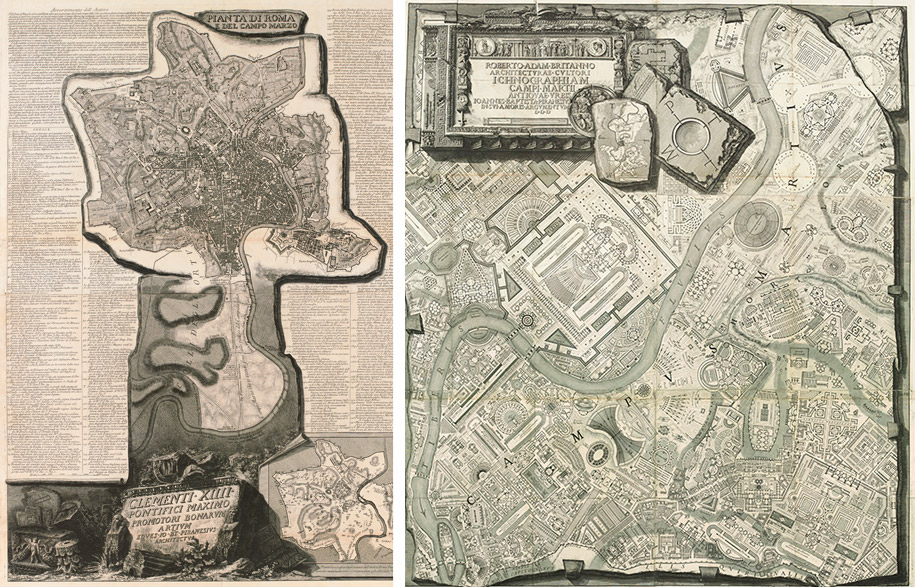
Piranesi's Legacy
The underlay of Campo Marzio's forms is platonic geometry, primarily due to the iconographic format of the plan. The Campo Mania plan is then the ichonographic geometric iterations of the transformation and collaging of memory fragments, similar to other works in other genres.
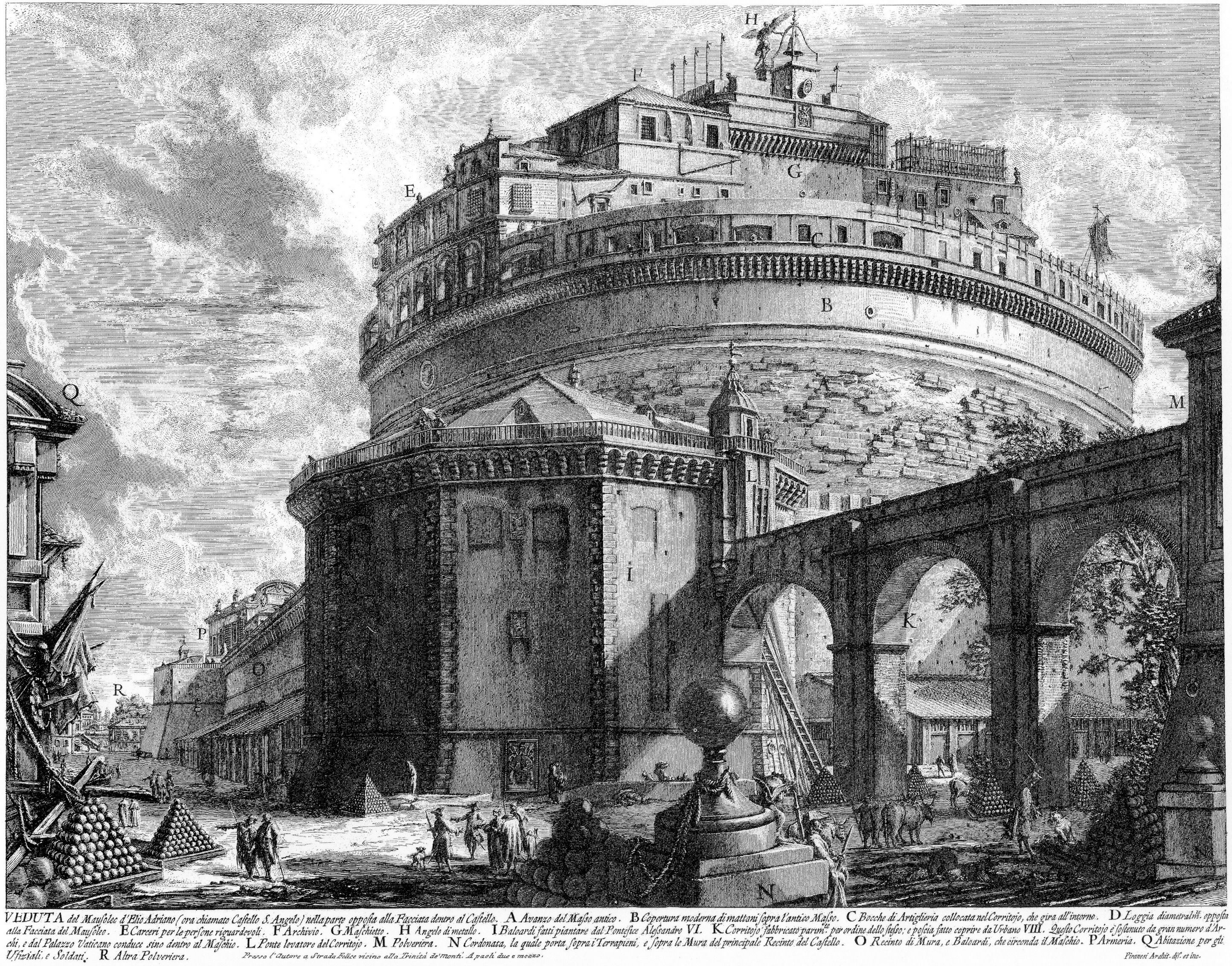
Giovanni Battista Piranesi. Il Campo Marzio dell Antica Roma Rome
Piranesi and the Campo Marzio dell'antica Roma Text provided by Yale Arts. Engraver, mapmaker, and architect Giovanni Battista Piranesi (1720-1778), a native of Venice, spent much of his.
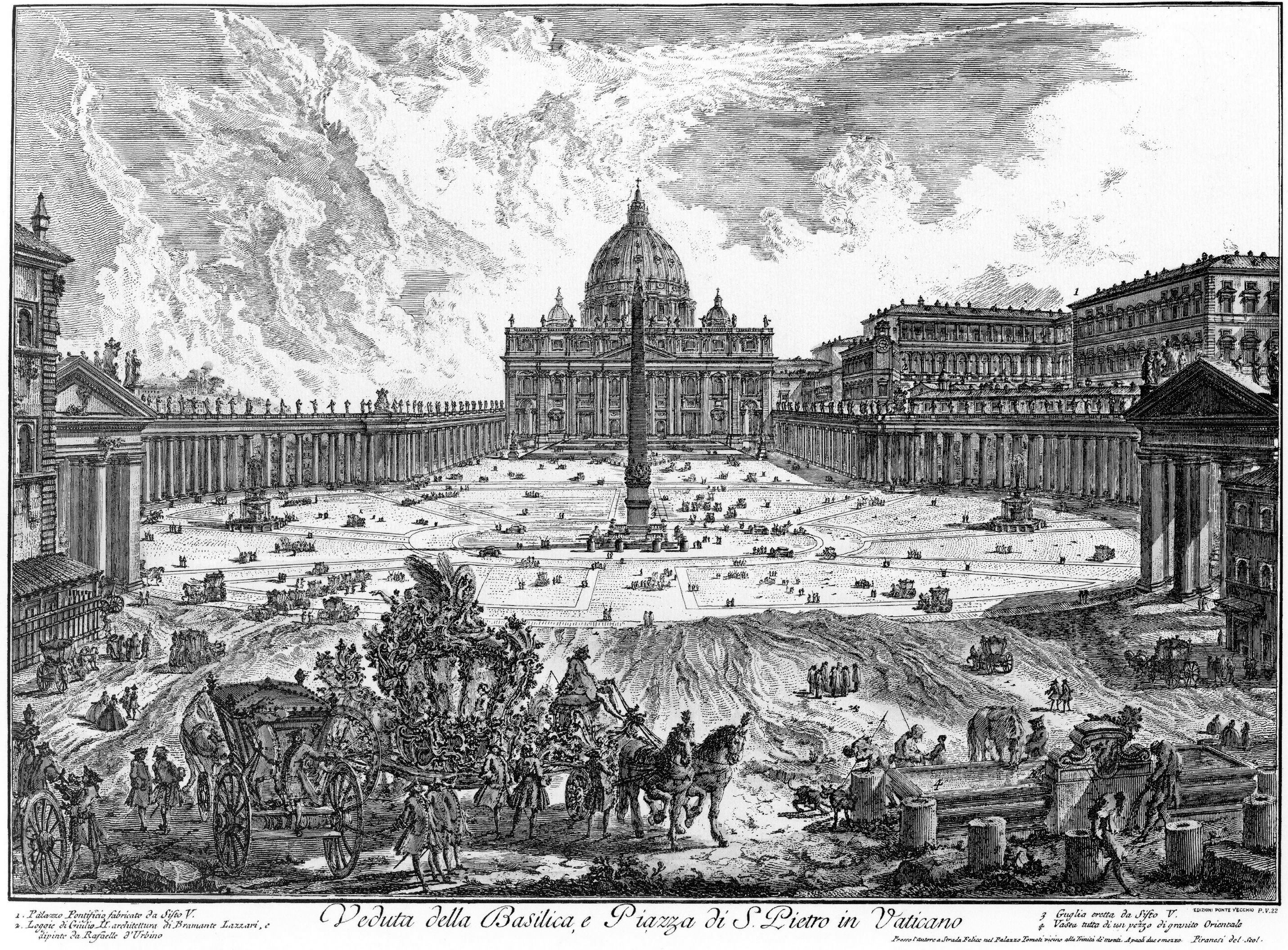
Giovanni Battista Piranesi. Il Campo Marzio dell Antica Roma Rome
Piranesi's Campo Marzio drawing was a radical confection of architecture and the urban in its time and it remains so today. Often described as figure/figure urbanism, it lacks one important component: a diagram. A Field of Diagrams opens the Campo Marzio to a potential organisation through a series of diagrams.

Giovanni Battista Piranesi, Ichnographia of the Campo Marzio, 1762
Object Number. M2869.10.2. People. Giovanni Battista Piranesi, Italian (Mogliano Veneto, Italy 1720 - 1778 Rome, Italy) Title. Frontispiece: The Campus Martius of Ancient Rome. Other Titles. Original Language Title: Il Campo Marzio dell'Antica Roma. Series/Book Title: Il Campo Marzio dell'Antica Roma X (Campus Martius of Ancient Rome, volume 10)

Giovanni Battista Piranesi. Il Campo Marzio dell Antica Roma Rome
This paper undertakes to develop an in-depth interpretation of Piranesi's Il Campo Marzio. While drawing heavily from specific details in both the text and images, the study retains a contextual outlook, speculating that Vico's New Science can lend meaning to Piranesi's work. Based primarily on Vico's concept of the Ideal Eternal History.
.jpg)
Campo Marzio Giovanni Battista Piranesi
Piranesi's Campo Marzio plan could be understood as an instrument, a 'generative device', It is an autonomous and self-sufficient matter in a state of continuous motion. When the public spaces between the architectural structures are being reduced and could be understood as part of the architectural structures, becoming a sort of.

Giovanni Battista Piranesi, campo marzio of ancient Rome (detail), 1762
"morbid precision," by demonstrating the futility of a return to origins, Piranesi establishes in the Campo Marzio 1. G. B. Piranesi, frontispiece to a plane - a shifting, indeterminant plane - upon which II Campo Marzio dell'antica the horizons of classicism and the most radical project of Roma, 1762 modernity momentarily coincide. It is for.

Piranesi, Campo Marzio, 1764. "In the Campo Marzio we witness an epic
The great plan - or " Ichnographia " - from Il Campo Marzio dell'antica Roma (1762) consists of six copper plates that combine in a staggering vision of the northern area of Rome, measuring in total m 1.35 x 1.17 . G. B. Piranesi, plan of Campo Marzio from Il Campo Marzio dell'antica Roma, 1762. © Harvard University Houghton Library.

Piranesi's "Ichnographia Campo Marzio', detail of the Field of Mars
Title: Il Campo Marzio dell' Antica Roma, Opera di G.B. Piranesi socio della reale società degli antiquari di Londra (The Campus Martius of Ancient Rome, the Work of G.B. Piranesi, Fellow of the Royal Society of Antiquaries, London)

Desde la memoria urbana Campo Marzio
Title: Plan of Rome e del Campo Marzio (Pianta di Roma e del Campo Marzio). Artist: Giovanni Battista Piranesi (Italian, Mogliano Veneto 1720-1778 Rome) Date: ca. 1774. Medium: etching. Classification: Prints. Credit Line: Gift of Mrs. Carll Tucker, in memory of Carll Tucker, 1962. Accession Number: 62.545.8(2) Carll Tucker; Mrs. Carll Tucker
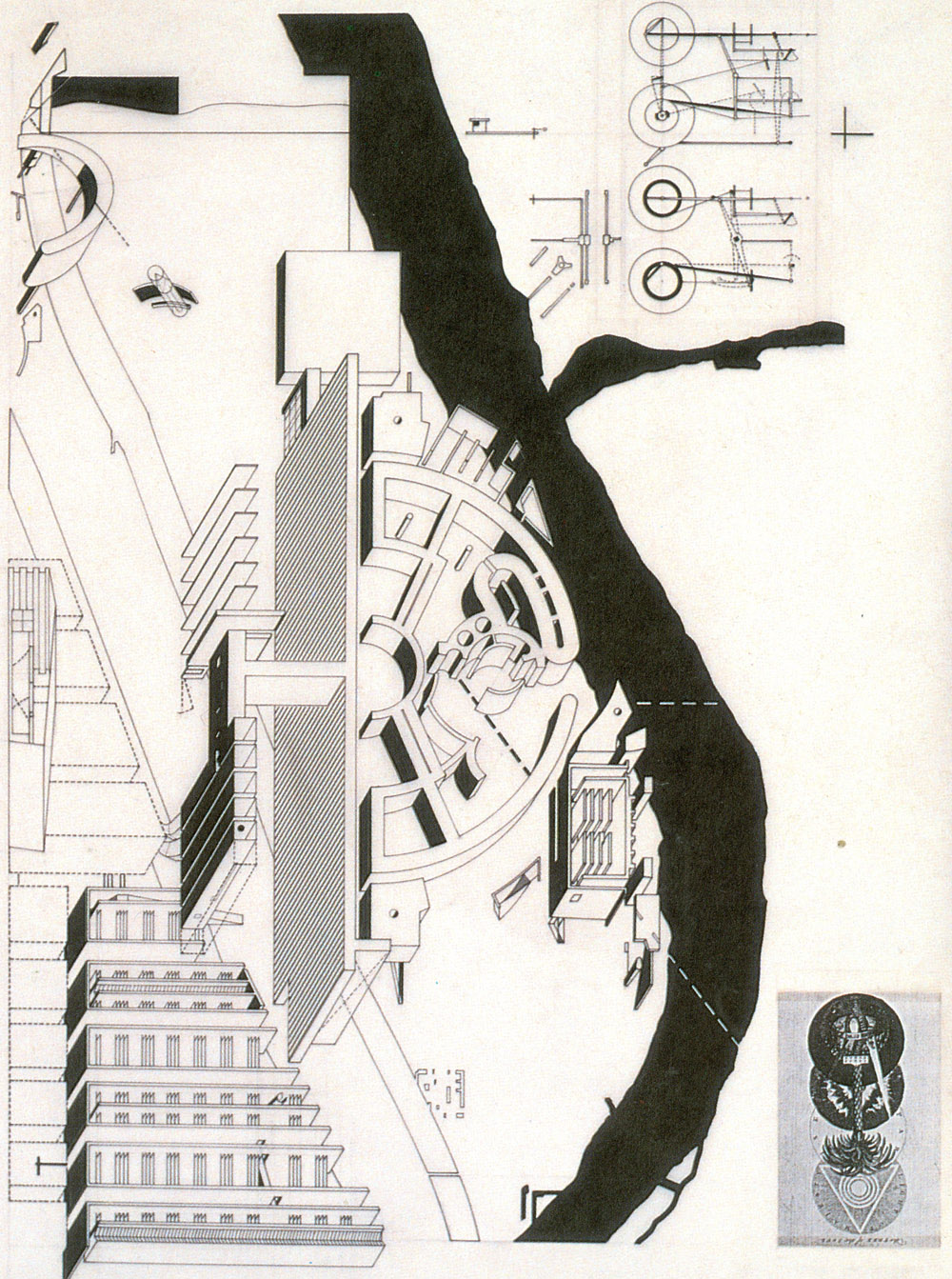
Piranesi’s Campo Marzio Stanley Allen Architecture
This chapter promotes the city as integrated with its metropolitan landscape. It sees the city less as a series of architectural figures (autonomous works of art, technology and craftsmanship) on the…. Expand. 2. Semantic Scholar extracted view of "Piranesi's Campo Marzio: An Experimental Design" by Giovanni Battista Piranesi et al.
The Engravings of GB Piranesi, and other Plans of Rome
Rome, 1762 Marquand Library of Art and Archaeology, Princeton University Library One of Piranesi's most famous prints, the Ichnographia is a map of the Campo Marzio, the ancient district used as a military training ground. Printed from six plates, today the map is most often found framed on walls.

Piranesi's Campo Marzio Rome map, Campo marzio, Architectural prints
Trattoria Guerra. Claimed. Review. Save. Share. 244 reviews #2,443 of 9,299 Restaurants in Rome $ Mediterranean Romana Lazio. Via Eleonora d'Arborea 5, 00162 Rome Italy +39 06 6446 5064 Website. Closed now : See all hours.

Giovanni Battista Piranesi. Il Campo Marzio dell Antica Roma Rome
Il Campo Marzio dell'antica Roma opera di G.B. Piranesi socio della real Società degli antiquari di Londra The Campus Martius of ancient Rome, the work of G.B. Piranesi, Fellow of the Royal Society of Antiquaries, London